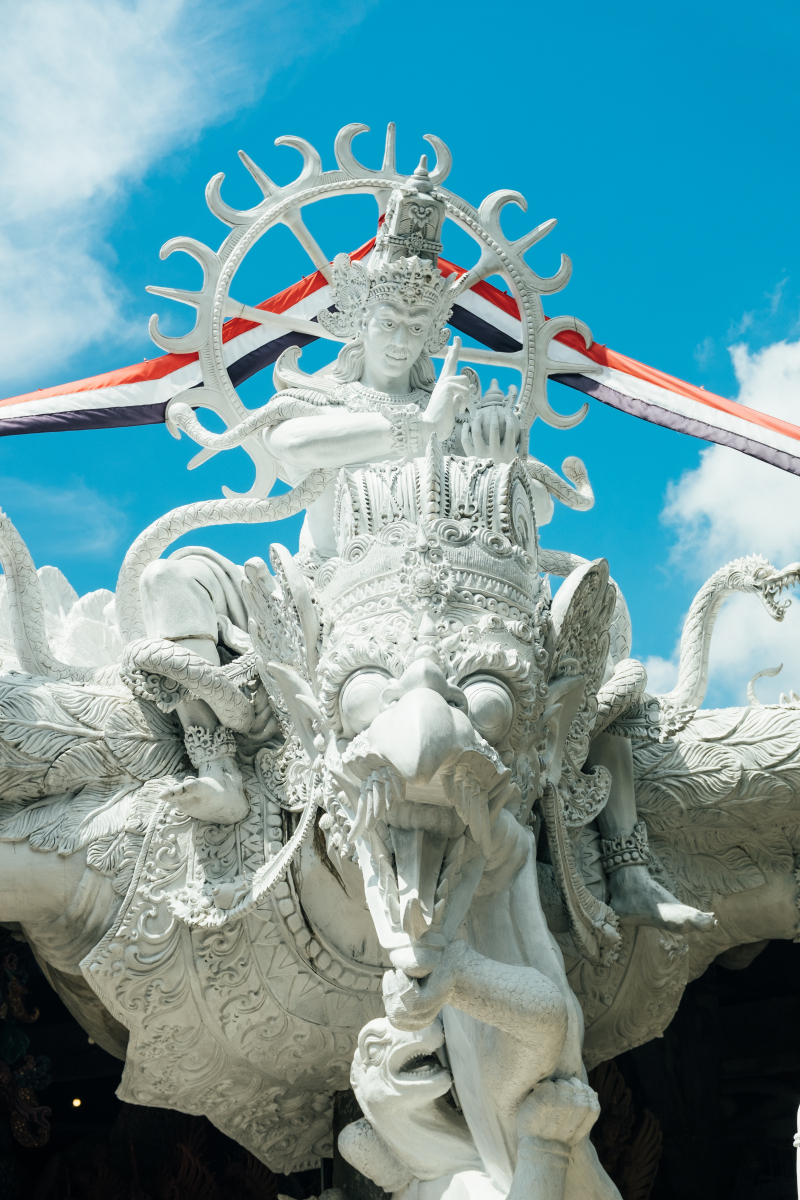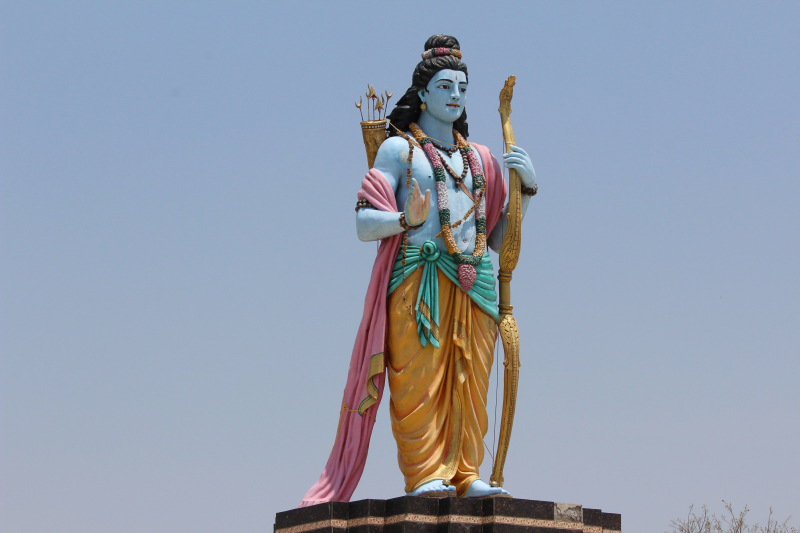The Kannada traditions consider the groom to be a manifestation of Lord Vishnu.
Central to Kannada wedding traditions is the belief that the groom is an embodiment of Lord Vishnu, one of the principal deities in Hinduism. This spiritual perspective bestows a divine aura upon the groom and elevates his role in the wedding ceremony. It is this sacred belief that underpins the custom of groom worship.
In this ritual, the bride's father plays a central role. He leads the groom from the entrance of the wedding venue to the mandap, the sacred altar where the wedding ceremony unfolds. The bride is already seated on the mandap, waiting to unite her life with the groom's. Upon reaching the mandap, the bride's father washes the groom's feet, a ritual known as "pada-puja." This act signifies the groom's purification and sanctification as he prepares to embark on the sacred journey of marriage.
Following the pada-puja, the bride's father bestows a gift upon the groom, known as "pitambar." This gift typically consists of a silk dhoti and a scarf. The dhoti is a traditional Indian garment, while the scarf, or "uttariya," adds a touch of elegance to the groom's attire. With the transformation complete, the groom takes his place next to the bride on the mandap. He is now fully prepared to participate in the sacred wedding rituals that will unite the two souls in matrimony.












